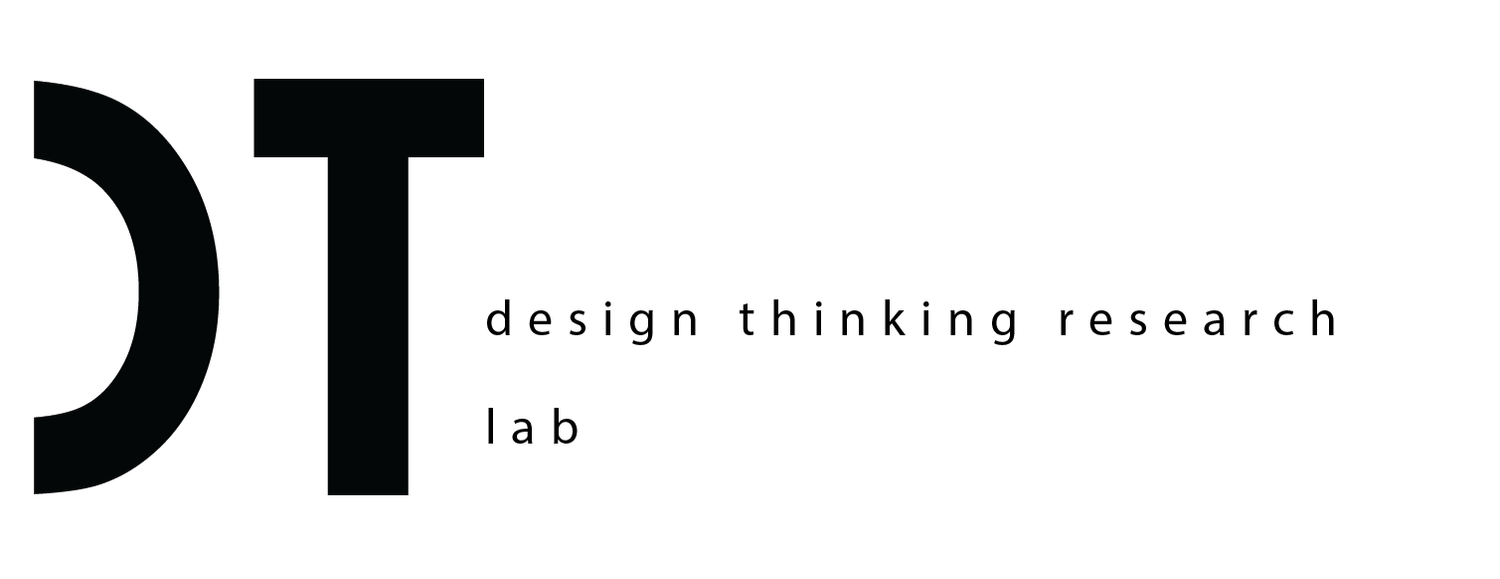Course Overview
CDE51801 Innovative Product Development | graduate
CDE51801 Innovative Product Development, a graduate course (see CDE @ UNIST), aims to provide students with a critical understanding of design-driven innovation so as to apply innovative strategies to their own design and research works in pursuit of creative excellence. Seminal examples of excellence in design-driven innovation are presented and discussed (i.e. Apply Inc., Dyson, Alessi), together with benchmark example products (e.g. the Nintendo Wii, New Mini by BMW, The Blade-less Fan by Dyson and many others). This leads into an introduction to some of the most established theory, ideologies, conceptual constructs and philosophies underpinning the design-driven approach to innovation.
Course objectives
To apply core theory and established thinking in design-driven innovation to the design and development of more innovative products and their related experiences.
To foster a more informed and articulate understanding of how to assess design-driven innovation and its value as driver for design creativity.
Teaching apporach
Students are both introduced to and explore themselves, case-studies of design-driven innovation. This leads into a discussion of some of the key theory and contemporary works, positions and concepts that serve to inform an understanding of design-driven innovation and its application.
However, searching and analyzing related work should be done within a logical framework. As such, students are provide instruction and guidance in the identification and critical discussion of bench-mark example works.
Student outcomes
Based on the synthesis of findings form the courses first half, students conduct a course project related to design-driven innovation. The exact approach, methods and final delivery of the course project is open. However, through the presentation of project outcomes, students will be required to critically engage a key aspect of design-driven innovation (as indicated in the course’s first half). Example outcomes may be (but are not limited to) an academic report, small exhibit and/or demonstration, a design concept as exemplar of innovation and/or a video show-case or the like. Whatever approach is taken, students are supported through key-note lectures and tutorials offering introductions to key project skills such as literature review, research types in design (in/on/through design) and their associated methods and approaches.
Course related outcomes
Kim, T., Self, J., A. & Hong, H. (2018) Design Constraints and Their influence upon Design Outcome. Archives of Design Research (in press).
Lee, K., Self, J. & Hong, H. (2018) AESTHETIC PRODUCT INTERACTION: THE NECESSITY OF CONSISTENCY BETWEEN FUNCTION & EMOTION. Proceedings of the DESIGN 2018 15th International Design Conference, Dubrovnic, Croatia. May 20-24. ARTICLE
Jeong, G., & Self, J. (2017). Mode-of-use Innovation in Interactive Product Development. Archives of Design Research, 30(1), 41-59. ARTICLE
Goo, K., Self J., & Jeong, Y (2016) Retrospective Automotive Design and Innovative Meaning Making: The influence of retro design features. Archives of Design Research, 29(1), 61-77. Korean Society of Design Science. ARTICLE
Kim, E., & Self, J (2013) Perceptions of product innovativeness and desirability: the influence of a design education. Archives of Design Research, Journal of the Korean Society of Design Science, 26(3), pp25-41. Korean Society of Design Science. ARTICLE.
Self, J., Lee, S., Andrietc, E (2016) Most Advanced yet Acceptable: A case of referential form-driven meaning innovation. Proceedings of DRS2016 Design + Research + Society, Brighton, UK. ARTICLE.
Bae, J., Self, J., Kim, C. (2015) Responses to Form-Driven Innovations: The influence of utilitarian and hedonic consumer attributes. In proceedings of iasdr2015, Brisbane, Australia. ARTICLE
Pahk, Y., Self, J., Baek, J. (2015) Knowledge of use and acceptability of typological innovation: A comparative study. In proceedings of iasdr2015, Brisbane, Australia. ARTICLE.
